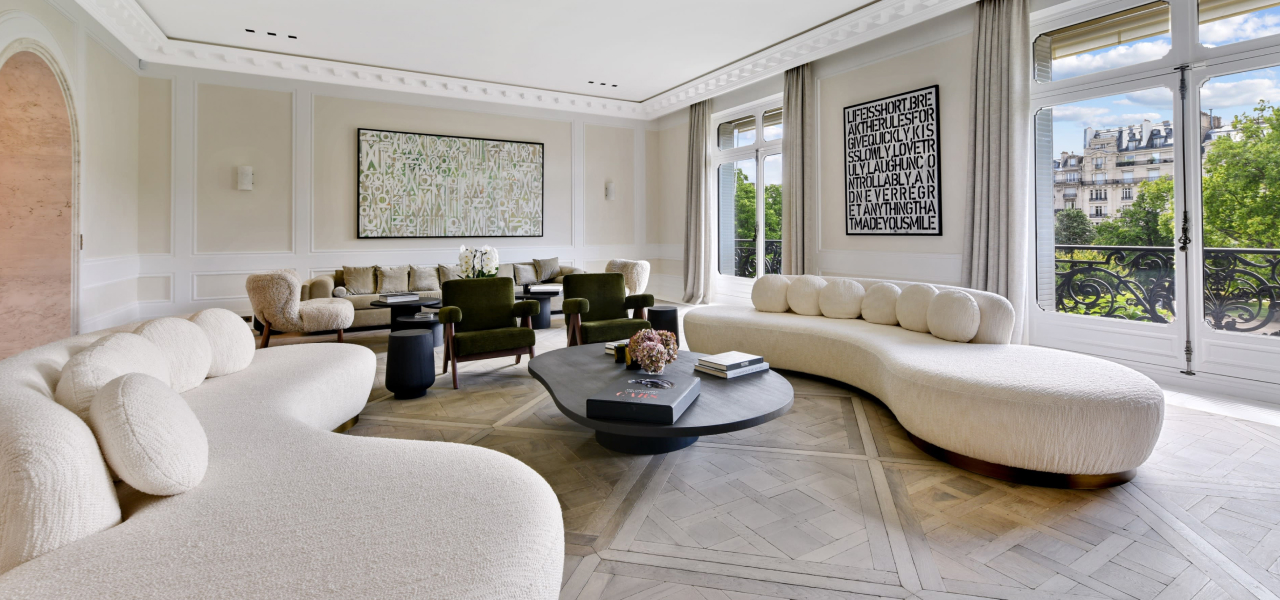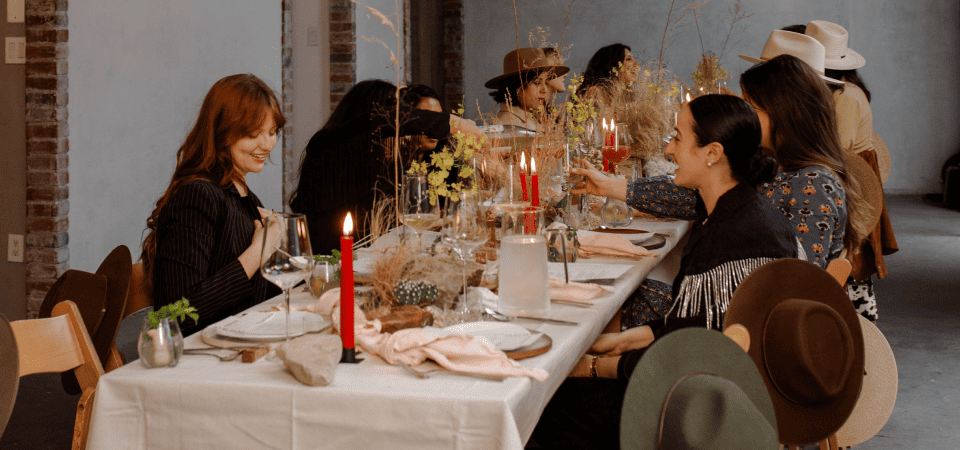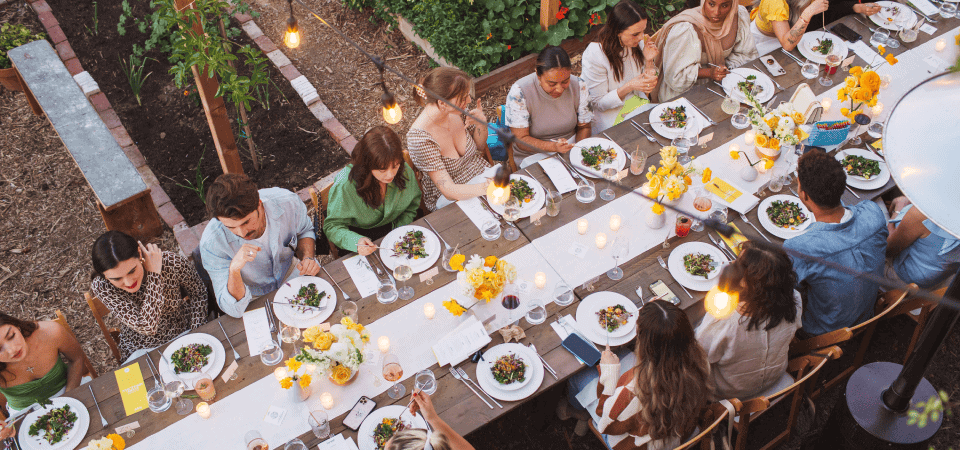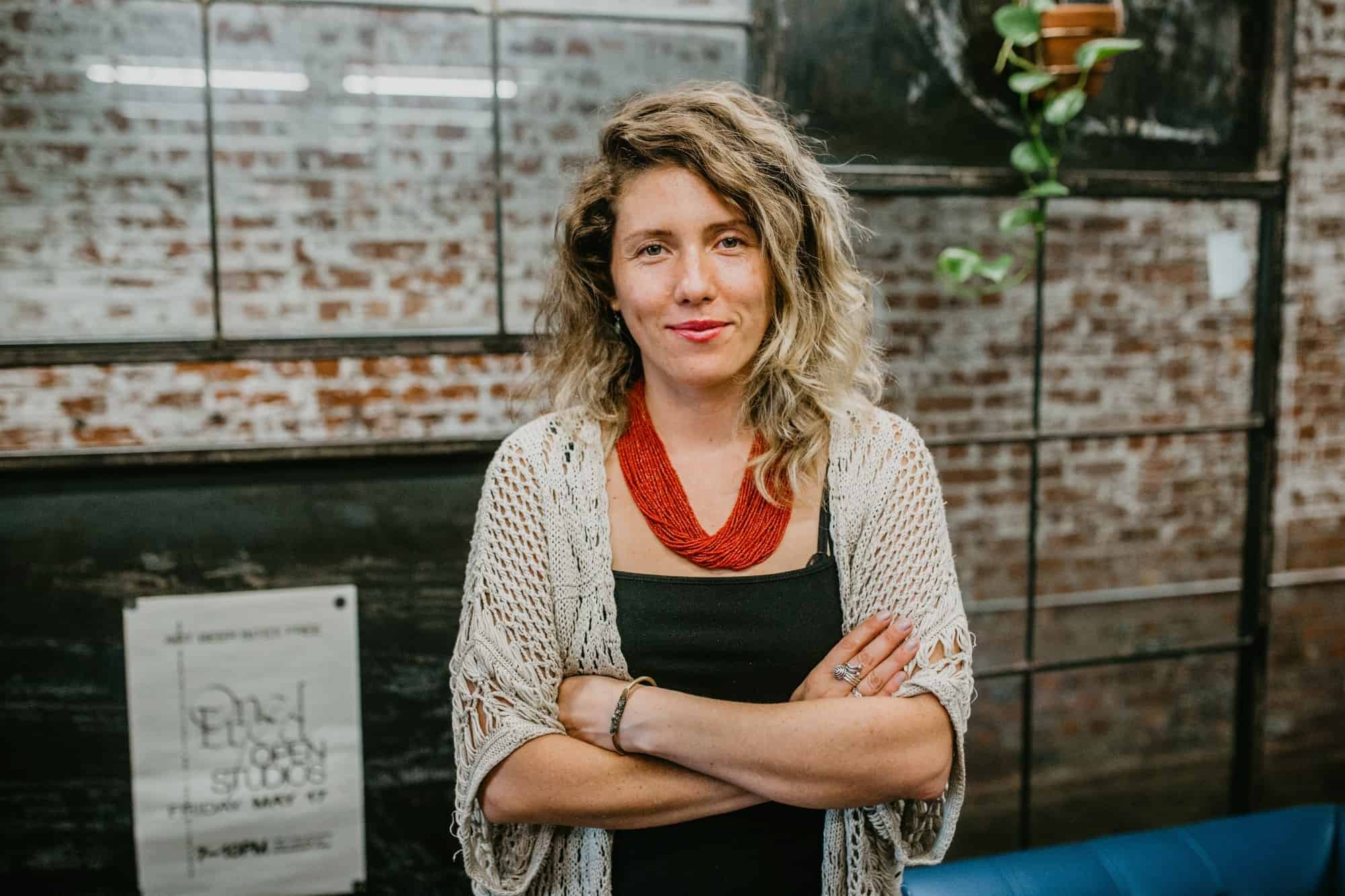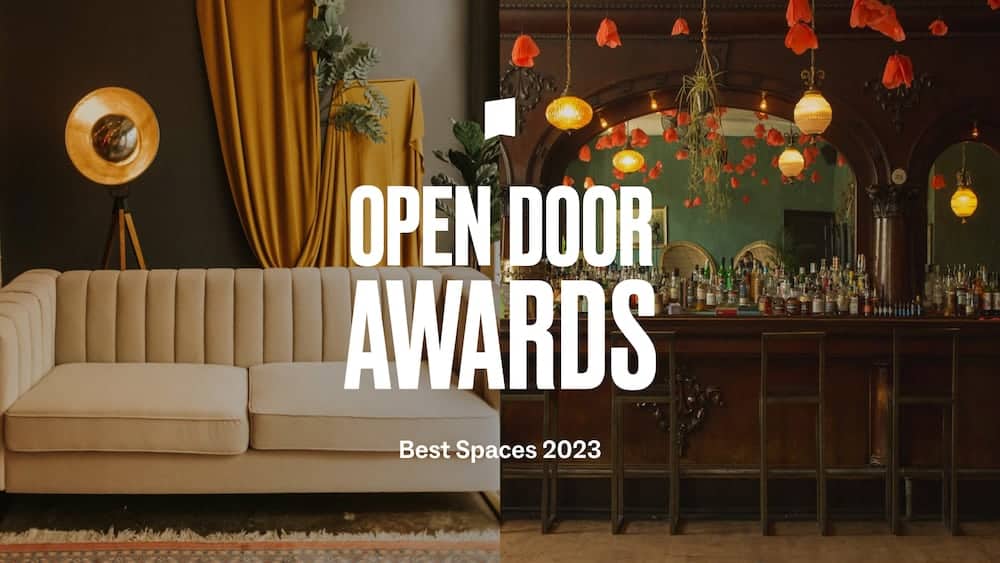Filming Tips From a Pro Who’s Shot for the MLB, NBA, and NFL

When you’ve shot for the MLB, NBA, and NFL and your work has been featured during the Super Bowl and World Series, one might say you’ve made it, especially if you’re a sports enthusiast like Matt Maniego. What was once just a hobby is now Matt’s full-time gig. We talked to this Emmy award-winning cinematographer about how he’s created a living out of his love for sports and filmmaking, proving it’s possible to turn your passion into a career.
To learn Matt’s tricks of the trade and where he finds inspiration, check out these tips straight from the source.
Explore unique film shoot locations for your next creative project.
How did you get into filmmaking?
Ever since high school, I have been shooting photos and videos as a hobby. But after the recession, I decided to make it my full time job. I’m so happy I made the jump — these past six years have been a blast. Don’t get me wrong, the journey was far from easy and there were a ton of growing pains (especially on my wallet), but I was able to see past them because I loved what I was doing.
How would you describe your filming style? Where do you find inspiration?
My style probably derives from watching all the classics when I was younger, like ‘Back to the Future’ and ‘Jurassic Park.’ I also love capturing someone’s adventure or journey through a documentary or in a realistic way. A lot of my pieces involve professional athletes, so to best represent their journey, I aim to highlight their personal story through visuals. Ultimately, it comes down to my client, and I’ll mold my style to whatever they’re looking for.
Once you’ve nailed down your concept, what goes into the planning process?
Budget is a huge factor. For instance, I can’t shoot ‘Lord of the Rings’ with a YouTube vlog budget. Ultimately, it comes down to what the client wants. I listen to what they’re envisioning and then present realistic options to accomplish what they had in mind.
Personal projects give me the opportunity to be as creative as possible. I don’t let budget rule my creative process because this is where I can execute ideas exactly how I envision them. Personal projects are important because they help you learn and practice so you’re ready when real clients come knocking. For example, when I shot Paradise x SF, I didn’t care that I was waking up at the crack of dawn for five days straight to get the perfect sunrise. I was only focused on getting the perfect shot. Later, when the NFL asked me for a sunrise shot over the Golden Gate Bridge, I told them it could take up to five shooting days to get that one shot or they could opt to license the footage I already had. The NFL ended up doing both in this case, they licensed some of my footage and had me shoot some unique footage for the Super Bowl as well.
In this example, I was able to:
- Learn the workflow needed to execute these types of shots.
- Leverage footage I already had sitting on my hard drive.
When it’s a personal project, you have nothing to lose except time. However, I’ve found it’s the personal projects that bring in future clients. These clients are often inspired by my personal projects and will want to replicate them in some way.
The music in your films fit seamlessly together with the content. How do you go about choosing your music?
I create a lot of my pieces based on specific music scores that inspire me. If I have an idea for a project, I first look for music that fits with the desired mood. The music pretty much lays the groundwork for the film. My go-to is PremiumBeat — they have a great selection and let you search by mood. My favorites are the ones where I’ve listened to a track beforehand and created visuals specifically for that track, like my two time lapse pieces: Paradise x SF and Paradise x SF 2.
What are your tips when location scouting?
Try to find a local wherever you shoot. Instagram is a great resource to find creatives who share their locations. It will save you so much time because they know the best times to shoot in places, where the sun will be, all the little details that you won’t ever know by just merely scouting. Another resource to consider are tools like Peerspace, which allow you to see locations before you go there. It can even help inspire what you end up shooting.
What’s been one of your favorite locations you’ve shot in before?
I’m a big sports geek so, the Oracle Arena during the NBA playoffs was one of my favorites. I can’t begin to describe the energy that that place has each game. I can only do so much to capture what I can through my camera, but being there is a different story.
Can you tell me more about the video you shot for the Splash Brothers Basketball Clinic? What are some tips for shooting this type of video?
I was hired to document this event put on by the Warriors for the children of Season Ticket holders. My objective was to capture the experience of the kids during the clinic.
One tip is to not overshoot. You can easily go overboard with shooting the same thing over and over. But you should try to get your shot and move on. There are so many moving parts to events like this so you might end up missing something if you get tunnel vision.
Fun questions:
If I could shoot anywhere in the world, it’d be: Cape Town, South Africa
Advice to aspiring filmmakers: Study the hell out of composition. My work only started to take off once I figured out how to compose correctly and then work in my style. But learn the basics of composition and shoot, shoot, shoot. Michael Jordan didn’t become the GOAT by not shooting the basketball.
Life motto: What would you do if you weren’t afraid?

